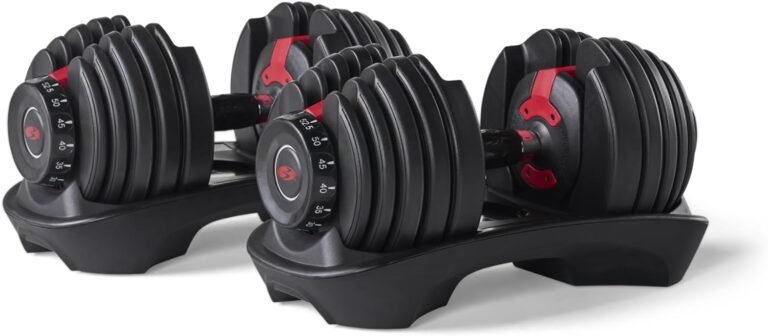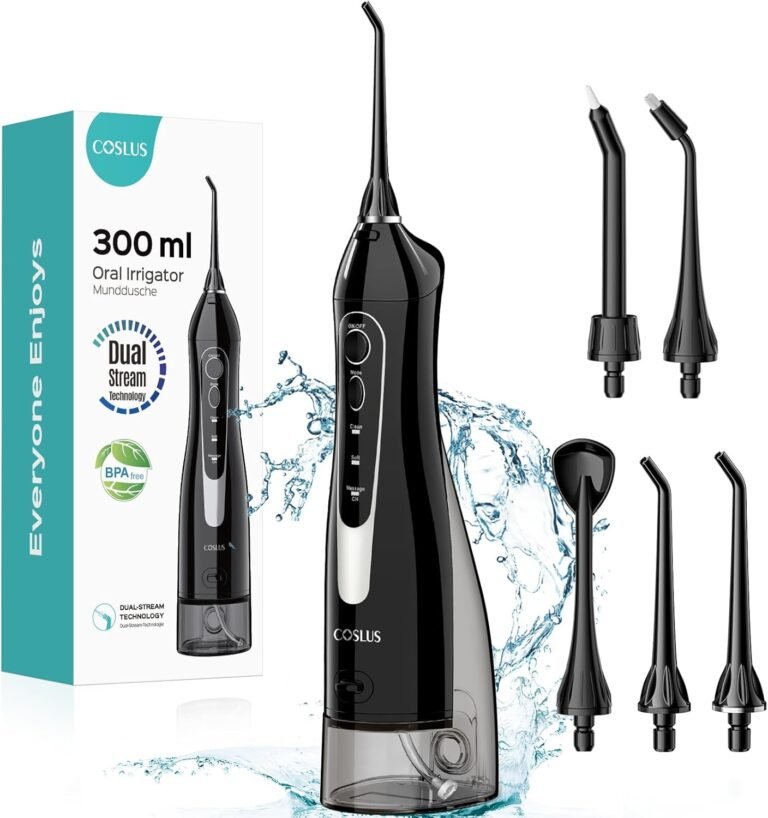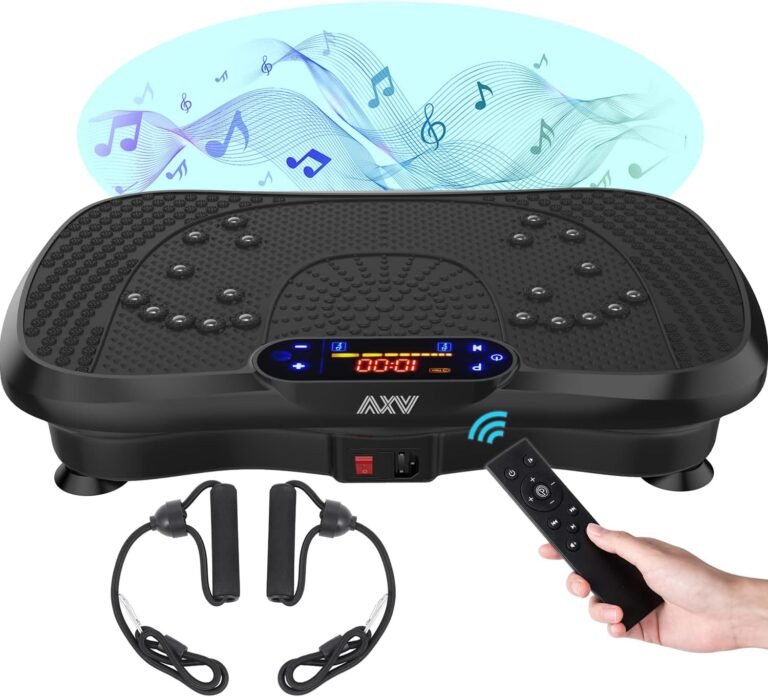Canon EOS Rebel T7 DSLR Camera Review
Table of Contents
The EOS Rebel T7 is an excellent choice for mobile photography enthusiasts looking to elevate their skills. Equipped with a 24.1MP CMOS sensor, this camera captures stunning, high-resolution images with impressive detail. Its fast autofocus system ensures sharp, precise shots, while built-in wireless connectivity makes sharing photos effortless. Combining user-friendly controls with powerful features, the Rebel T7 delivers high-quality results that you’ll be excited to showcase.
- 24.1 Megapixel CMOS (APS-C) sensor with is 100–6400 (H: 12800)
- Built-in Wi-Fi and NFC technology
- 9-Point AF system and AI Servo AF
Design
The Canon EOS Rebel T7 retains the same design and build as its predecessor, the Rebel T6. Measuring 4.0 x 5.1 x 3.1 inches (HWD) and weighing 1.1 pounds without a lens, it follows a classic DSLR layout with a black finish, ergonomic handgrip, and an integrated pop-up flash. A hot shoe mount sits above the optical viewfinder, enabling users to attach external accessories for enhanced shooting capabilities.
All rear controls are positioned to the right of the fixed LCD screen. The Live View button is located next to the viewfinder, followed by dedicated buttons for EV compensation, Q menu, Display, Menu, and Playback. A four-way control pad allows quick access to ISO, autofocus, white balance, and drive mode, with a Set button at the center. Two additional buttons in the top right corner handle zoom functions during playback, with the zoom-out button doubling as a focus point selector.
The camera features a 3-inch fixed LCD screen with a 920k-dot resolution, providing sufficient sharpness for image review and Live View shooting. However, unlike the vari-angle touch display found in the Rebel T7i, this screen lacks touch functionality and tilt/swivel capabilities, making it less versatile for different shooting angles.
Related article:https://mohatop7.com/redtiger-dash-cam-front-rear-4k/
Performance
The Canon EOS Rebel T7 retains the 9-point autofocus system from its predecessor, the T6. It powers on and is ready to capture an image in approximately 0.6 seconds. In bright lighting, the focus locks in as quickly as 0.1 seconds, while in lower light conditions, it takes around 0.6 seconds. The camera offers subject tracking, which can be activated by switching the focus mode to AI Servo, along with burst shooting capabilities, although it is limited to 3 frames per second.
The number of continuous shots you can take depends on the file format. When shooting in JPG mode, the T7 can capture up to 76 images before its buffer is full. However, for those opting for RAW format, the camera only supports 10 shots, and for RAW+JPG, it can take only 6 shots before the buffer is filled. In these cases, it will take about 15 seconds for the camera to process and clear the buffer, allowing you to store the images on the memory card.
Image Quality
The Canon EOS Rebel T7 delivers on its core function—capturing quality images. Equipped with a 24MP image sensor, it competes well with other cameras, despite using an older image processor. Our ISO test results show that the T7 produces sharp, clear JPGs up to ISO 1600. At ISO 3200, there’s a slight blur, and noise remains under 1.5%. However, at ISO 6400, the blur becomes more noticeable. ISO 12800 is the highest setting available, but it isn’t automatically enabled. You’ll need to manually turn it on through the camera’s menu, as the automatic setting only supports up to ISO 6400.
Video Quality
The Canon EOS Rebel T7 supports video recording at a maximum resolution of 1080p, offering frame rates of 24fps and 30fps. While the video quality is decent, it’s not the best 1080p footage available, but certainly not the worst either. This camera isn’t designed for professional videography—there’s no microphone input, which is essential for serious video creators. Many professionals would likely prefer a camera that offers 4K video capabilities instead.
Pros:
- 24MP Image Sensor: Delivers sharp and detailed photos that compete with other cameras in its class.
- Quick Focus: The autofocus system locks in at 0.1 seconds in bright light, ensuring fast and accurate focus.
- Solid JPG Performance: Captures clear, crisp JPG images up to ISO 1600.
- Good Battery Life: Offers a reasonable number of shots before needing a recharge.
- Easy to Use: Great for beginners with simple controls and an intuitive interface.
Cons:
- Older Image Processor: While still effective, the image processor is not the latest, which limits some performance improvements.
- Limited Burst Speed: At 3fps, the burst shooting speed is relatively slow, especially compared to other cameras in its price range.
- No Microphone Input: Lacks a microphone input, making it less suitable for serious videographers.
- No 4K Video: Only supports 1080p video, which may be limiting for users who need higher resolution footage.
- Limited Low Light Performance: Higher ISO settings (6400 and above) result in noticeable blur and noise.




